| Content |
Breast Health Package for Women Over 40
Our Breast Health Center, which is a part of Yaşam Hospital Oncology Center, offers all the possibilities of technology to provide the best care to every woman.
What is Mammography?
Mammography is the low-dose X-ray imaging of the breast tissue to look for early signs of breast cancer before symptoms develop. It can also be used for due diligence when a new symptom (lump or focal pain) develops in the breast tissue.
When viewed on a mammogram, breast tissue appears white and opaque (nebula), while fatty tissue appears darker and translucent.
When Should a Mammogram Be Done?
Annual screening mammograms are recommended for all women from the age of 40. Women who do not have any breast-related signs or symptoms are also screened. If an abnormality is present or patients have a new symptom (a lump or focal pain), additional evaluation may be required. Further examination will reveal what these suspected abnormalities are.
What Percent of Women Who Have Had Mammography Have Risky Situations?
Potential abnormalities are found in 6 to 8 percent of women who get mammograms. This group undergoes different additional evaluations, which may include breast physical examination, diagnostic mammography, breast ultrasound or needle biopsy.After these additional evaluations are completed, it becomes clear what the abnormalities found on the mammogram are.
What Does an Abnormality Look Like on a Mammogram?
The possible abnormality on a mammogram may be called a nodule, mass, lump, density or deterioration:
A mass (lump) with a smooth, well-defined border is usually benign.
Ultrasound is necessary to see and identify the inside of a mass. If the mass contains fluid, it is called a cyst.
A mass (lump) with irregular borders or a starburst appearance may be cancerous and a biopsy is usually recommended.
Microcalcifications (small calcium deposits) are another type of abnormality. They can be classified as benign, suspicious, or uncertain. Most microcalcifications are benign. Depending on how the microcalcifications appear in additional studies (magnification views), a biopsy may be recommended.
What is the Accuracy Rate of Mammography?
Diagnoses made by mammography are between 85 percent and 90 percent accurate. Mammograms can detect breast abnormalities before they are large enough to be felt. However, a palpable mass may not be seen on a mammogram. Any abnormality you feel while examining your breasts should be evaluated by your doctor.
What Should Be Considered Before Mammography?
You can follow your normal routine before the mammogram. You can take your medications and maintain your eating and drinking patterns. If you are breastfeeding, pregnant or think you may be pregnant, you should tell your doctor as your mammogram may need to be postponed.
What Should I Pay Attention to When Coming to My Mammography Appointment?
The technician will ask you to remove one breast from your bib at a time and place it on the chest support plate. The image of the breast is taken by clamping it between two plates. In the meantime, pressure is applied to the breast, preventing the breast from moving. This pressure spreads the breast tissue, allowing the radiologist to see the tissue better. Also, the least amount of radiation is used when the breast is compressed as finely as possible.
You may feel some discomfort during 3-5 seconds of pressure. If you cannot tolerate the pressure, please let the technician know. Pressure can be more bothersome at some times in a woman’s menstrual cycle. To minimize discomfort, we recommend scheduling your appointment seven to 10 days after the start of your period.
How is a Mammogram Taken?
The technician will ask you to remove one breast from your bib at a time and place it on the chest support plate. The image of the breast is taken by clamping it between two plates. In the meantime, pressure is applied to the breast, preventing the breast from moving. This pressure spreads the breast tissue, allowing the radiologist to see the tissue better. Also, the least amount of radiation is used when the breast is compressed as finely as possible.
You may feel some discomfort during 3-5 seconds of pressure. If you cannot tolerate the pressure, please let the technician know. Pressure can be more bothersome at some times in a woman’s menstrual cycle. To minimize discomfort, we recommend scheduling your appointment seven to 10 days after the start of your period.
How Does the Process Proceed After Mammography?
There may be temporary skin discoloration and/or mild pain in the chest due to compression. Most women will be able to resume their normal activities soon after their mammogram. Your results will be available within a few days after the test. After getting the results, your doctor will explain everything to you.
How Often Should You Have a Mammogram?
Regular mammograms every year, starting at the age of 40, will enable you to recognize potential risks early.
What Does the Breast Health Package Consist of?
Breast health package consists of General Surgery Examination and Mammography |
Vaginoplasty
Vaginoplasty is a procedure to repair the vagina. It treats a variety of medical issues, including vaginal enlargements from childbirth and complications of pelvic floor disease.
What is done during vaginoplasty?
The details of the procedure vary depending on your goals and medical needs. The vagina is reconstructed using various surgical techniques.
Who needs vaginoplasty?
- - Those seeking removal of postpartum enlargement or trauma damage to improve sexual function.
- - Women who need vaginal reconstruction after vaginal exposure to radiation or excision to treat cancer or other conditions.
- - Women who have congenital abnormalities (problems from birth) that affect the development of the vagina.
What is the difference between vaginoplasty and other vaginal operations?
- Vaginoplasty is a surgical procedure to improve the appearance or function of the vagina.Other vaginal procedures:
- - Labiaplasty operation that equalizes or shrinks the labia.
- - A vulvoplasty operation that reshapes the outer part of the vagina.
What is done before vaginoplasty?
- Before the surgery decision, your doctor will perform your physical examination to evaluate your suitability for the operation. During this physical examination, you are expected to provide information about your medical history and general health status.Your doctor will inform you about the risks, benefits and post-operative care requirements of the operation. Listening to your doctor's suggestions and recommendations will reduce the risk of complications.
What is the content of the procedure in women with postpartum deformation?
- In operations performed to correct deformations occurring during childbirth
- - Excess skin is removed,
- - Distorted anatomical lines are repaired,
- - It is ensured that the vaginal opening is reduced.
What is the content of vaginoplasty to repair congenital (birth) defects?
-
- - A functional vagina can be created.
- - Excess tissue or abnormal structures are removed.
- - The structures that cause blood to accumulate in the vagina during menstruation are repaired.
Risks / Benefits
-
- Possible risks of vaginoplasty surgery:
- - Dyspareunia (painful intercourse).
- - It can be summarized as numbness or loss of sensation (usually temporary).
In contrast, the benefits after surgery are:
- - There will be increased sexual satisfaction and self-confidence.
What is the recovery process like after vaginoplasty?
-
- Recovery can take from a few weeks to several months, depending on the extent of the surgery. Your doctor and team will provide you with all the necessary information about post-operative care after vaginoplasty.
How are the controls planned after vaginoplasty?
-
- Keeping in touch with your doctor after the surgery and not interrupting your controls will speed up your recovery process and minimize the risk of complications.
| With hair mesotherapy, vitamines and minerals which immediately affect hair growth, are directly applied to the hair root. Hair mesotherapy is used for all kinds of
hair loss(man-type hair loss, hormonal hair loss, anemia etc.). Asthe therapy is made with very thin needles, it doesn’t hurt very much. Results start to be visible after the 3rd session. After a total of 8-10 sessions, a recall session should be applied after 3-4 months. |
Labiaplasty Package
Labiaplasty is a surgical procedure to reduce or enlarge the skin folds that usually surround your labia and vagina. Excess skin can be bent and pinched, causing discomfort during exercise, physical activities, and sexual intercourse.
Depending on why the procedure is performed during labiaplasty, your doctor may:
It removes some tissue from the labia to reduce its size.
Injects filler or oil to enlarge the labia.
It forms a labia from other tissues.
What are the reasons for requesting labiaplasty?
Reducing labia minora size
Excess lip tissue can be bent, twisted, compressed. This, can cause physical discomfort and irritation during exercise, physical activities (such as cycling or jogging), and sexual intercourse.
Reducing the size of the labia minora may be desirable to improve hygiene and health, as excess tissue can make cleaning difficult and may harbor bacteria that can lead to the development of urinary tract infections.
Cosmetic and emotional reasons
To have a younger appearance after birth or aging,
Reducing asymmetry of the labia minora or labia majora when one side is longer or has a different shape than the other,
To increase self-confidence and to eliminate visual lines and protrusions when wearing body-fitting trousers or tights,
During close contact, labiaplasty can be performed to improve comfort, confidence and sexual health regarding the appearance of your genitals.
What causes an overgrowth of a labia?
Age, menopause, or other hormonal changes can thin the labia majora tissue, causing the labia minora to protrude from the labia majora.
Pregnancy and childbirth.
Changes in your weight.
Genetic.
What are the pre-operative procedures?
First, you and your doctor will discuss why you want to have labiaplasty and make sure that the surgery will meet your expectations. During the physical examination, your doctor will explain where the incisions will be made and what to expect regarding changes in the size and shape of your labia.
After the surgery decision, your doctor will inform you in detail about the preparation processes for the surgery. In this process, your doctor will inform you about how to resize or reshape your labia (labia majora and/or labia minora) and will enlighten you about the surgical procedure to be applied.
What is the procedure after labiaplasty surgery?
After the surgery, your doctor will give you the necessary information on how to care. Carefully applying the information conveyed to you about what you should and shouldn’t do during the recovery process will speed up your recovery process. We also recommend that you make your control appointments before leaving the hospital.
What are the risks and complications of labiaplasty surgery?
- - Complications of laboplasty surgery are rare. Even a little;
- - Bleeding,
- - Bruising, swelling (hematoma),
- - Infection,
- - Scar,
- - Ongoing pain, pain with sexual intercourse, or loss of sensitivity may occur.
- - In these cases, you can consult your doctor.
Is the recovery process painful after labiaplasty?
- It is normal to feel some swelling, discomfort and pain after surgery. Most people report only mild pain or tenderness for a few days. In return, your doctor will advise you on medication for your pain.Wearing loose trousers and underwear during the recovery period will accelerate your healing process.
Will it bleed a lot?
You may have a small amount of bleeding for a week. This is normal, you can use pads to absorb the blood.
When will the satisfactory results of labiaplasty be obtained?
Initial swelling, pain, and temporary discoloration subside within a few weeks after surgery. However, you may have to wait up to four to six months to see the final results of your labiaplasty. Post-operative scarring is usually negligible.
How do I wash my labia area?
Use only warm water to wash your wound (do not use soap) and wipe gently, do not rub the surgical site.
It is important to follow your doctor’s instructions to keep the surgical site clean and free of bacteria and to speed the healing of the surgical site.
When can I return to work, physical activity and sex life?
You should be able to return to work and other light activities after a few days. If your job involves intense physical activity or lifting weights, you can get more detailed information by informing your doctor about this. until your doctor approves. |
| MEN UNDER 40 LARGE SCREENING PACKAGE |
| Glucose |
To determine whether or not your blood glucose level is within normal ranges; to screen for, diagnose, and monitor diabetes, and to monitor for the presence of hypoglycaemia (low blood glucose) and hyperglycaemia (high blood glucose) |
| HbA1c |
To monitor average blood glucose levels over a 3 month period. Used to help diagnose and monitor people with diabetes |
| Urea (Bun) |
To measure how much of waste product you have in your blood. It is used to determine how well your kidneys are working |
| Creatinine |
To assess kidney functions |
| Uric Acid |
To diagnose kidney disorder,diagnose and monitor people with gout, monitor kidney function |
| Complete Urinalysis Test |
To look for metabolic and/or kidney disorders and for urinary tract infections |
| Total Cholesterol |
To screen for risk of developing cardiovascular disease (heart disease, stroke and related diseases); to monitor treatment |
| LDL Cholesterol |
| HDL Cholesterol |
| Triglycerides |
| AST (SGOT) |
To diagnose liver, bile duct and heart diseases |
| ALT (SGPT) |
| GGT |
To screen for liver disease or alcohol abuse; and to help your doctor tell whether a raised concentration of alkaline phosphatase (ALP) in the bloodstream is due to liver or bone disease |
| ALP |
To screen for or monitor treatment for liver or bone disorder |
| Sodium |
To investigate causes of dehydration, oedema, problems with blood pressure, or non-specific symptoms |
| Potassium |
To help diagnose and determine the cause of an electrolyte imbalance; to monitor treatment for illnesses that can cause abnormal potassium levels in the body |
| Chloride |
To determine if there is a problem with your body’s acid-alkali (pH) balance and to monitor treatment |
| Calcium |
To scan, diagnose, and monitor a range of conditions relating to the bones, heart, nerves, kidneys, and teeth. |
| Phosphate |
To help in the diagnosis of conditions known to cause abnormally high or low levels |
| Amylase |
To diagnose pancreatitis or other pancreatic diseases |
| Lipase |
To diagnose and monitor pancreatitis or other pancreatic disease |
| Magnesium |
To measure the concentration of magnesium in your blood and to help determine the cause of abnormal calcium and/or potassium levels |
| C-Reactive Protein (CRP) |
To identify the presence of inflammation, to determine its severity, and to monitor response to treatment |
| 25 Hydroxy Vitamin D |
To investigate a problem related to bone metabolism or parathyroid function, possible vitamin D deficiency, malabsorption, before commencing specific bone treatment and to monitor some patients taking vitamin D |
| Blood Count Haemogram |
Haemogram serves as broad screening panel that checks for the presence of any diseases and infections in the body |
| Erythrocyte Sedimentation Rate
(ESR) |
To detect and monitor the activity of inflammation as an aid in the diagnosis of the underlying cause |
| Ferritine |
To help assess the levels of iron stored in your body |
| Vitamin B12 |
To help diagnose the cause of anaemia or neuropathy (nerve damage), to evaluate nutritional status in some patients, to monitor effectiveness of treatment of B12 or folate deficiency |
| Free T3 |
To help diagnose hyperthyroidism and monitor it's treatment |
| Free T4 |
To diagnose hypothyroidism or hyperthyroidism in adults and to monitor response to treatment |
| TSH |
To screen for and diagnose thyroid disorders; to monitor treatment of hypothyroidism and hyperthyroidism |
| HBsAg |
To detect, diagnose and follow the course of an infection with hepatitis B virus (HBV) or to determine if the vaccine against hepatitis B has produced the desired level of immunity |
| Anti HBs |
| Anti HCV |
To screen for and diagnose hepatitis C virus infection and to monitor treatment of the infection |
| Anti HIV |
To determine if you are infected with human immunodeficiency virus (HIV) |
| Fecal Occult Blood Test |
To screen for bleeding from the gut/intestine, which may be an indicator of bowel cancer |
| OTHER ANALYSIS |
| Abdominal Ultrasound |
To identify diseases at organs in the abdomen, including the liver, gallbladder, spleen, pancreas, and kidneys |
| Thyroid Ultrasound |
To characterize a thyroid nodule(s), i.e. to measure the dimensions accurately and to identify internal structure and vascularization |
| Echocardiogram |
To evaluate how your heart moves, heart valves are working and heart’s pumping strength |
| Electrocardiogram |
To measure the electrical activity of the heartbeat and hearth rhythm |
| Exercise Stress Test |
To determine how well your hearth handles work. The test can show if the blood supply is reduced in the arteries that supply the heart |
| Pulmonary Function Test |
To tests that measure how well your lungs work. |
| Chest X-Ray |
The most commonly preferred diagnostic examination to produce images of heart, lungs, airways, blood vessels and the bones of the spine and chest |
| EXAMINATIONS |
| Internal Medicine Examination |
General physical examination, evaluation of the results and recommendations |
| Cardiology Examination |
| Ophtalmology Examination |
| Pulmonology Examination |
| Urology Examination |
| General Surgery Examination |
| Dermatology Examination |
| Varicosities of the legs are medical problems that are widespread and important at every age. From the cosmetic view, varicosities can also cause pain, cramps at night, oedema, colour changes and ulcer production. Except of varicose veins operations, there are also two outpatient treatments available, namely spider vein treatment (sclerotherapy) and laser treatment. |
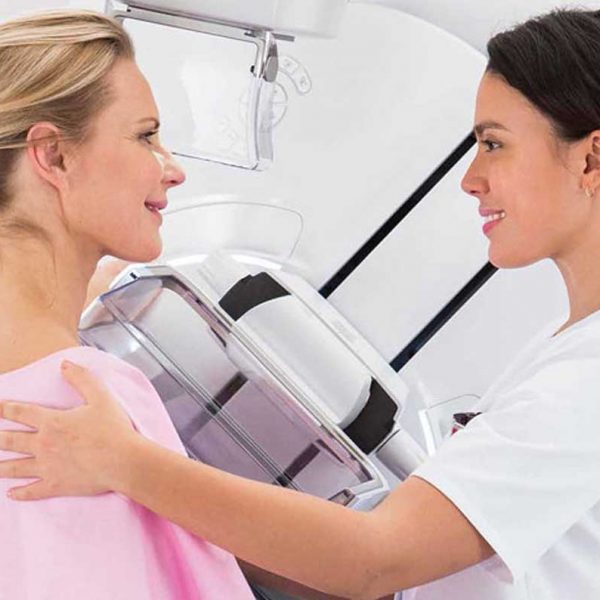

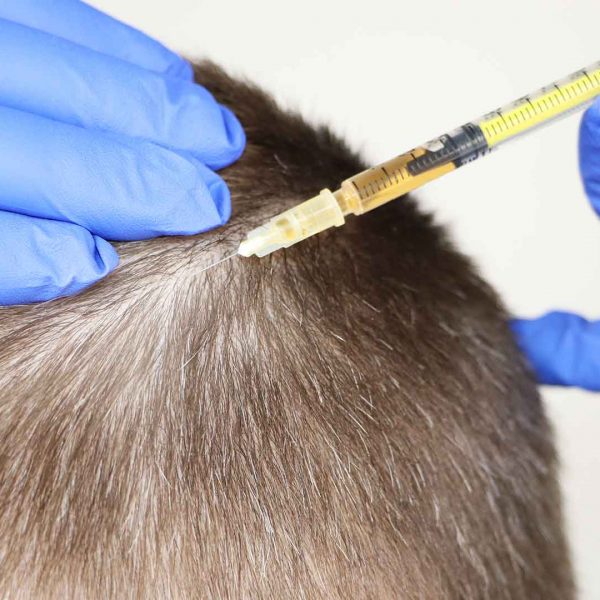


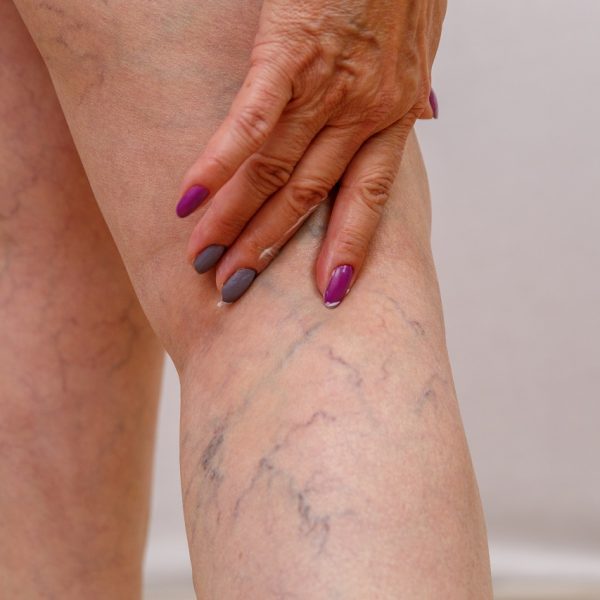








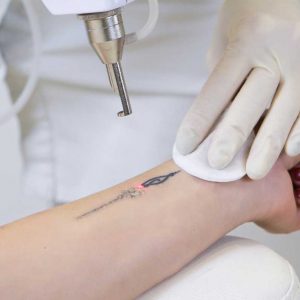


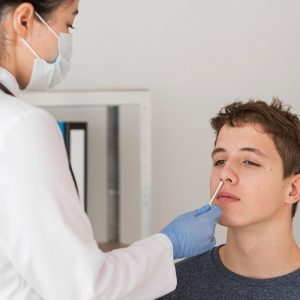

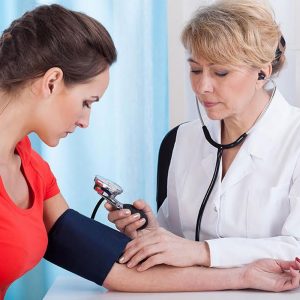
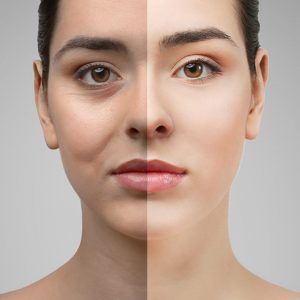

Reviews
There are no reviews yet.